Tata's first car wasn’t the Estate or the Indica. It was the Tatanagar, an armoured car made to support the war effort in the forties.
Did you know Tata helped make an armoured car – the Tatanagar – during World War II? Neither did we. Not at least until we saw a picture of it at a vintage car rally in Jamshedpur. Known after the place where it was built (in Jamshedpur), it is a little known part of Tata’s history – frankly, it should be anything but little known. An example, after all, sits in a roundabout, not too far from the famous statue of the founder Jamsetji Tata in the steel plant. And it was Jamshedpur where we went to take a close look at and drive the Tatanagar.

Tatanagar: What is it?
Officially known as the Armoured Carrier Wheeled, Indian Pattern or (ACV-IP), and later called the Tatanagar, it was built from 1940 to 1944. While the Mk I had a mix of aggregates, Mk II onwards, all subsequent models were based on a four-wheel-drive chassis supplied by the Ford Motor Company of Canada. The total number made was upwards of 4,600. It was used in all theatres of the war, from Italy and Monte Cassino to Egypt, Burma, and beyond, by the Indian Army and by all manners of Commonwealth armies, including the 18th British Infantry, the 8th Australian Infantry, and the Royal New Zealand Artillery.

Radiator and V8 engine here; baffles protect it.
The armoured car was assembled at the Eastern India Locomotive Plant in Jamshedpur, which later became TELCO (Tata Engineering and Locomotive Company) in 1945. “The steel came from Tata Steel, which at that time made two grades of steel: Tiscor and Tiscrom,” according to Chanakya Chaudhary vice president, Corporate Services, Tata Steel. “Tiscor was used for the armoured car.” Tata Steel also manufactured bullet-proof armour plates (varying in thickness from 4mm to 14mm), bullet-proof rivet bars, and special steel for making electrodes for the welding of armoured plates. Also made by Tata Steel at that time were special steel alloys for shear blades, bullet-proof plates (for howitzers) and other shields on armoured fighting vehicles.
The armoured car was wrapped in 8mm thick armour plates, with thicker 14mm steel used at the front. The sloped armour up front, in addition, offered protection against heavy machine gun fire.

There are gun ports of all shapes and sizes all over the place.
Typically fitted with a Bren light machine gun and an anti-tank rifle from the Boys company, the armoured car’s later versions got a turret with a larger gun. While the Bren is well known and was widely used in India, the Boys’ gun fired a big 0.55mm cartridge and had to be mounted on a tripod or it “kicked like a mule.” It was effective against lightly armoured half-tracks and other armoured cars.
Tatanagar: What's it like to drive?
Yes, you read that right. Tata’s first car had its engine in the middle. Even better, it was a Ford V8! It would have needed the grunt, carrying all the heavy armour, especially off-road.
The engine and four-wheel-drive chassis, for the most part, came from Ford of Canada as part of the lend-lease scheme – the US and Canada supplied arms and ammunition to the UK, Russia and the CBI (China-Burma-India) sector.
What were supplied for these armoured cars were chassis, suspensions, four-wheel-drive units and engines. The Ford engine was tuned for torque and developed 95hp, which, along with the 2.5-tonne kerb weight, propelled it to a top speed of between 80kph and 90kph.

With the weight in the centre, it turns quite easily, which comes as a big surprise.
Walking up to the car today, I first take a look at the rear, where an extended box section with angular slats houses the radiators. While keeping this in the rear must have provided some protection, the armoured car must have been sensitive to heating up in the desert, especially with airflow to the rear restricted by the bulky front end.
Sitting just ahead of the rear axle would have been the Ford V8; only here, there’s a makeshift Tata 3.0-litre diesel. Ahead of that sits what can best be described as an armoured pod, where the driver, gunner and commander would have sat. The cupola is open on the top, and the cab can either be accessed via a small door on the side or by climbing in from the top. The cupola is full of hatches and gunports that can be opened when the need arises. Up front, there are even more hatches and the headlights, with the sharply raked, front sloping armour dominating the nose. Also notable are the big wheel arches and wide track. Yeah, and Tata’s first car was a four-wheel-drive SUV, too.

You have to climb in from the top, and the cabin is cramped.
As I climb in, place my feet on the seat and slither down into the driver’s seat, I realise that steering this beast is going to be extremely difficult. There’s no power steering, and the controls are crude and basic. I start up and select first, and let the clutch out. A few revs and a lot of trepidation later, we are off, the torque of the diesel engine managing well here. The diesel wouldn’t have been of much use on the field as a scout car with all that clatter.
The Tata Motors plant in Jamshedpur has some long stretches, and it’s here that I manage to get the armoured car pick up a bit of speed. Once on the move, the steering is surprisingly manageable and not too heavy, because the weight is in the centre. And the front wheels turn a fair way, so the armoured car feels relatively agile on its feet and easy to steer. Wonder how much nicer it would have been with a burbling V8, and a nice dirt road to drive it on.

No powered seat or steering on this version.
Stepping out of the Tatanagar, I feel like I’ve experienced and gotten to bring a bit of history back to life. There’s still so much to know about this story, so many more details, so many questions; all unanswered for now, or lost forever. Details such as where did the design come from? Was it done by Guy, Humber or someone else? Who modified the design and how did it evolve? And the role this Tata-made armoured car played in the history of the Second World War.
The strangest bit; one of the later versions was called the Dhar. Can you imagine if Tata resurrects the nameplate for its off-roader? Wouldn’t that be something?
How Tata produced amoured vehicles in India
When the British forces were pushed off continental Europe by the Germans, they left without taking their armour with them. This not only created a shortage in Britain but also meant it could not supply other theatres of war. So, we, in the China-Burma-India theatre, had very little equipment with which we could take on the Japanese. The presence of Tata Steel, however, and especially its ability to make grades of steel suitable for armour, meant that the allies could work on a plan for local manufacture.

A Mk IIA or ‘Dhar IV’, also served in Africa.
While many critical components were imported, the vehicles were also assembled here at a railway and locomotive factory. The Eastern India Locomotive Plant was eventually taken over by Tata, and became Tata Engineering and Locomotive or TELCO – the forerunner of Tata Motors today. So, the Tatas not only made the steel but also acquired a company that assembled the armoured cars as well. Production started in 1940 and the armoured car was made in half a dozen variants over the years, from mark I all the way to mark IV, with several sub-variants in between. Later versions had a covered top, larger guns, and eventually, even a turret.
Source: Wikimedia commons
Also see:

 5 days ago
26
5 days ago
26




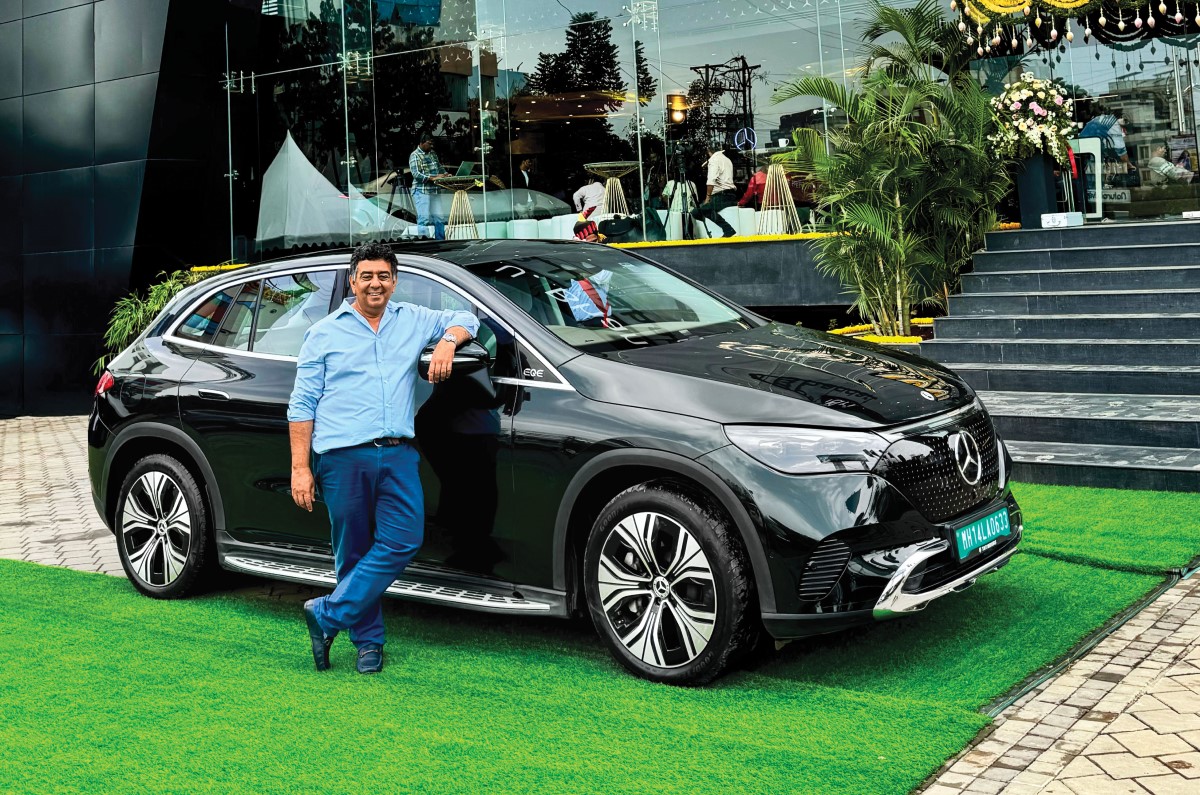













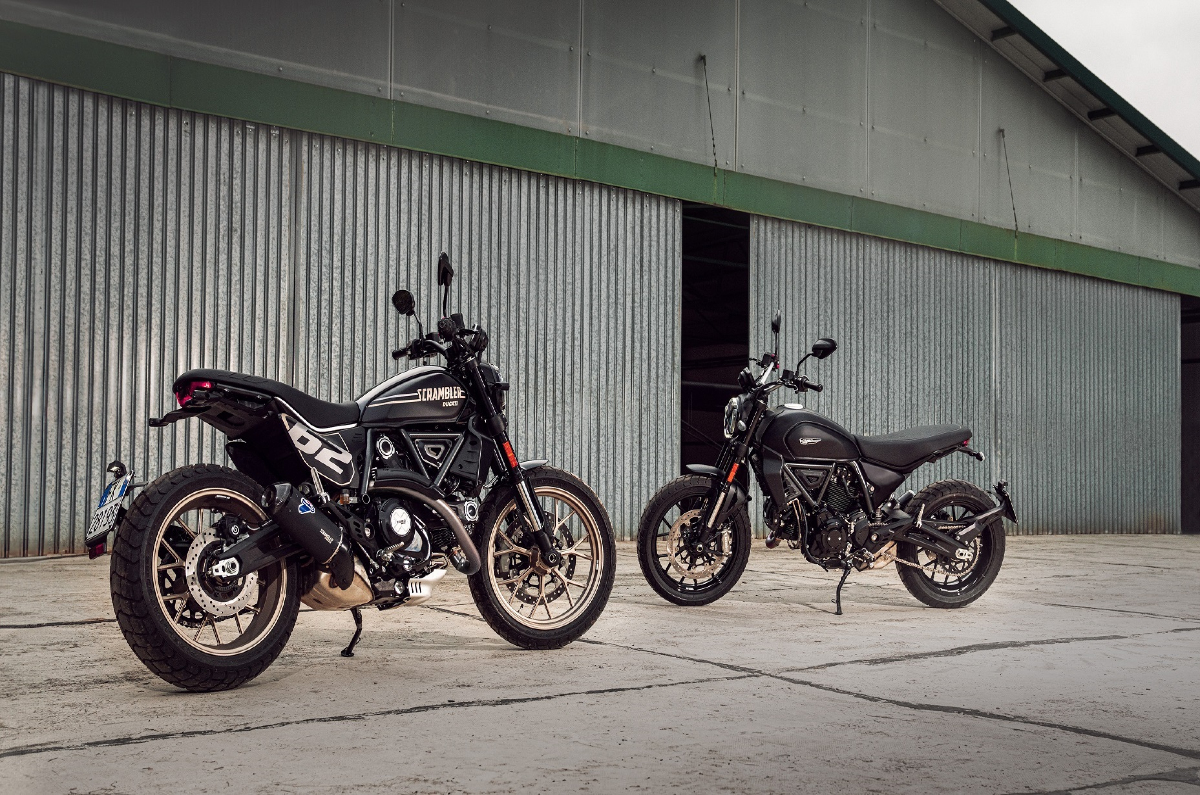



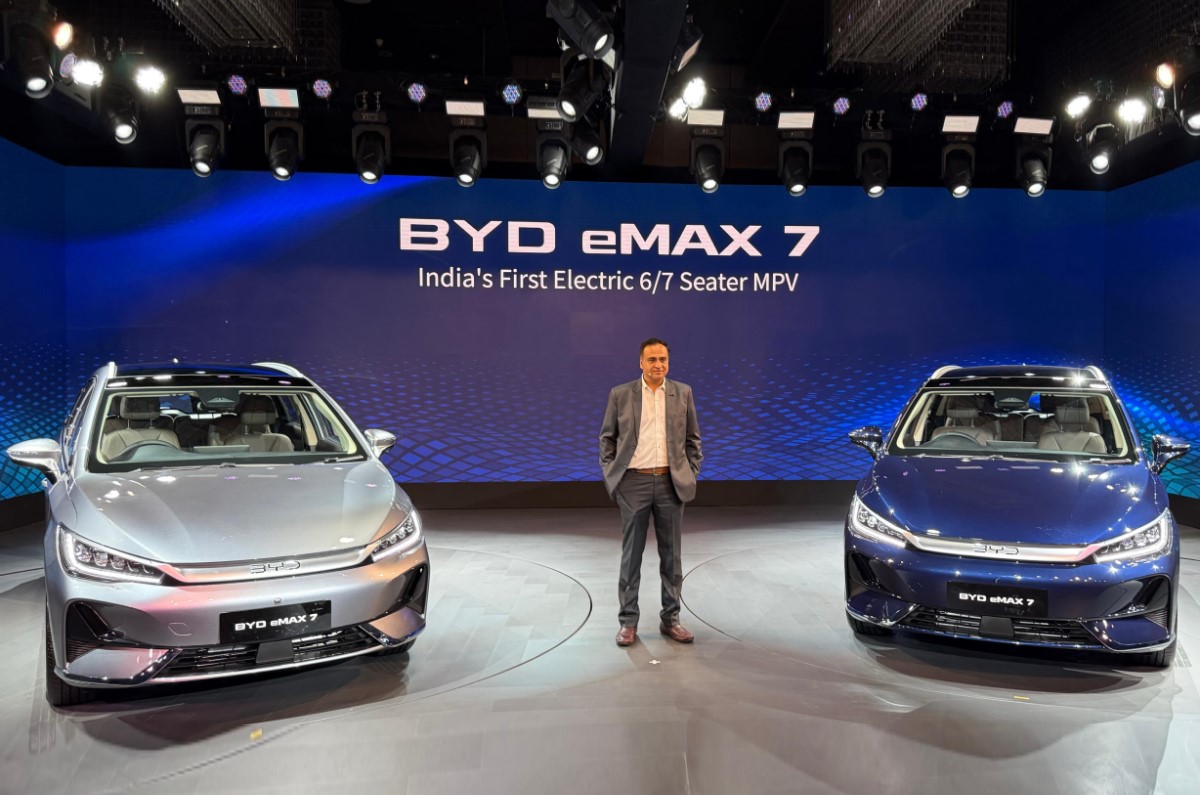
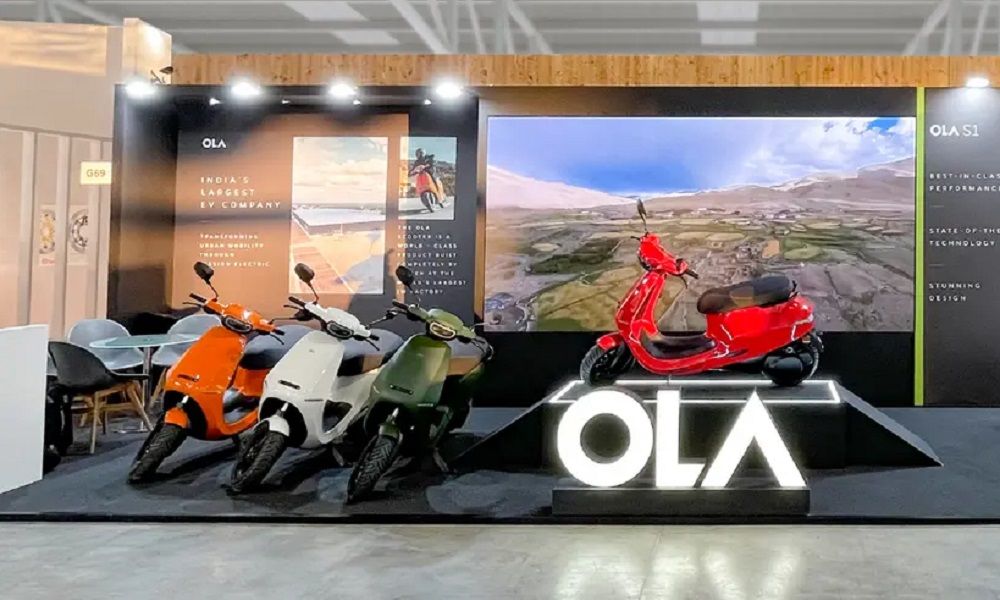

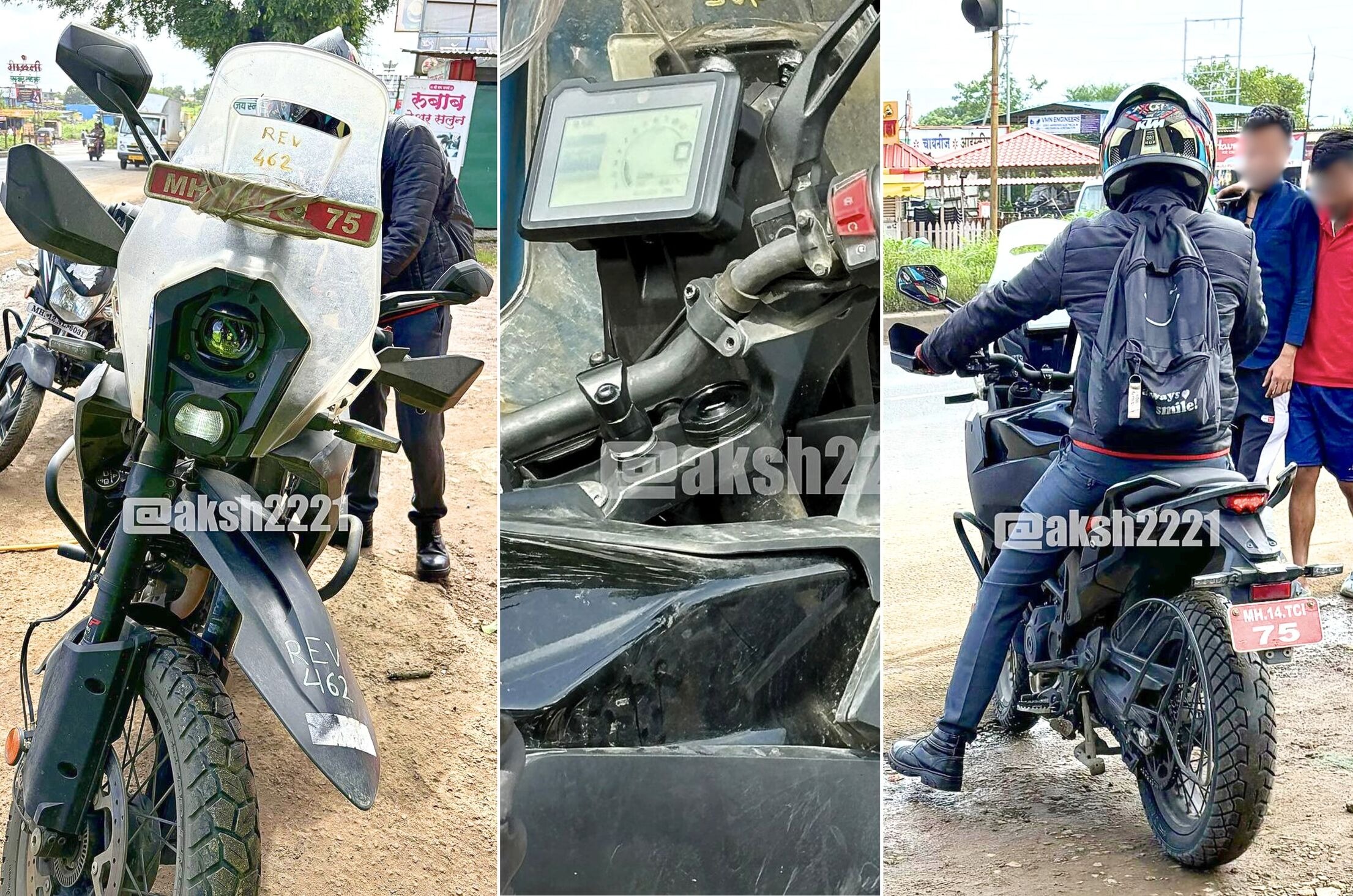


 English (US)
English (US)